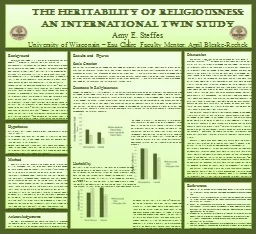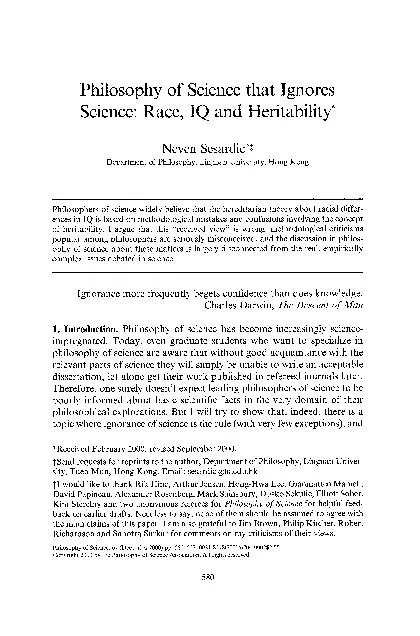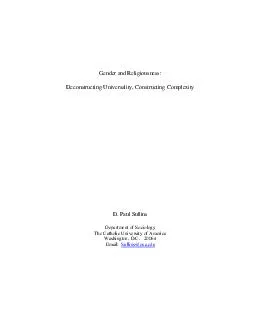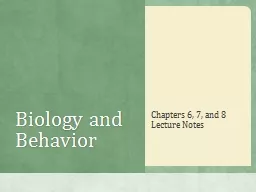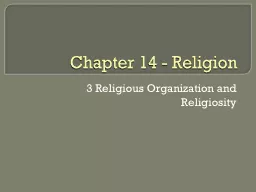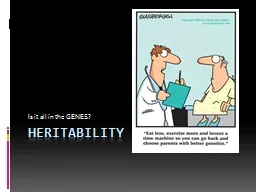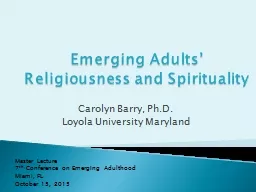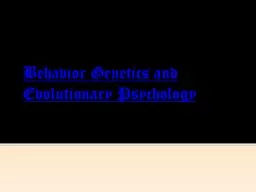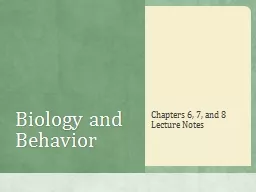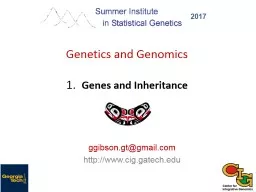PPT-The Heritability of Religiousness:
Author : sherrill-nordquist | Published Date : 2016-07-01
An International Twin Study Amy E Steffes University of Wisconsin Eau Claire Faculty Mentor April BleskeRechek Background Emerging adulthood is a time of
Presentation Embed Code
Download Presentation
Download Presentation The PPT/PDF document "The Heritability of Religiousness:" is the property of its rightful owner. Permission is granted to download and print the materials on this website for personal, non-commercial use only, and to display it on your personal computer provided you do not modify the materials and that you retain all copyright notices contained in the materials. By downloading content from our website, you accept the terms of this agreement.
The Heritability of Religiousness:: Transcript
Download Rules Of Document
"The Heritability of Religiousness:"The content belongs to its owner. You may download and print it for personal use, without modification, and keep all copyright notices. By downloading, you agree to these terms.
Related Documents

